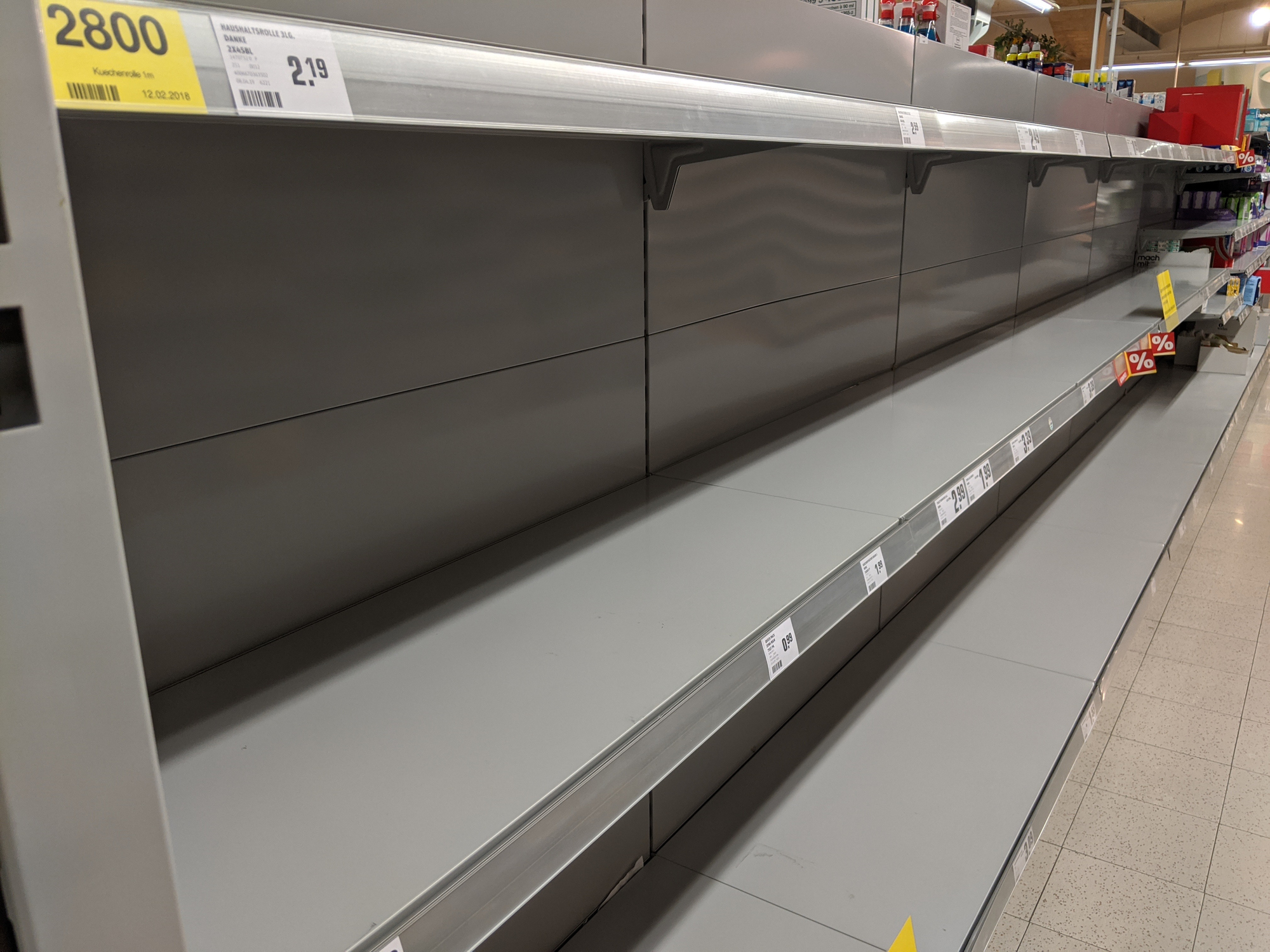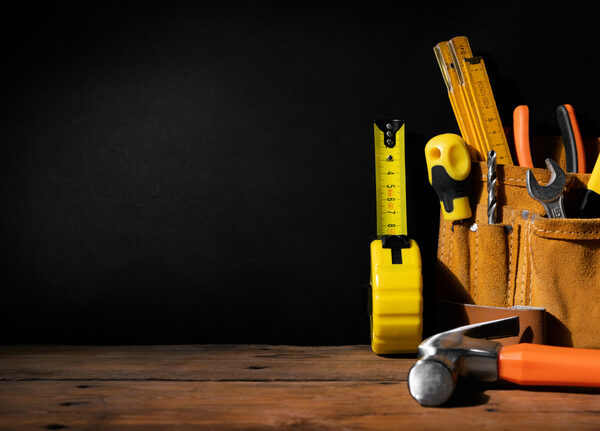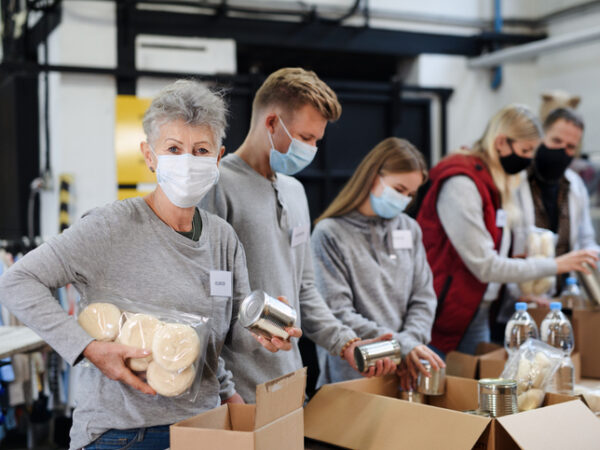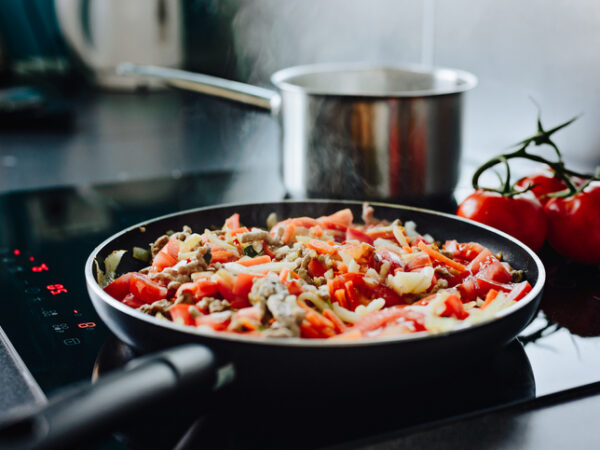As COVID delta variant cases rose and children returned to school, more people began stockpiling household supplies again this Fall causing bulk stores like Costco to limit the sale of key items including cleaning supplies, toilet paper, and bottled water. Supply chain issues combined with high demand could lead to a shortage of these products if stockpiling is not prevented early on – but why do so many people feel the need to go into panic buying mode and hoard food, paper products, or gas when it’s not needed?
Researchers have studied the psychology behind panic buying in the wake of the COVID-19 pandemic and found that age and gender have less to do with over-purchasing than fear and social pressure. People at greater risk during the pandemic were more likely to panic buy, which helps to explain why grandpa has a huge reserve of pasta, rice, and beans in the cellar.
According to a recent article in Fortune, an Australian study published in the Journal of Experimental Psychology suggests that bulk purchasing may give people an illusion of control in highly uncertain times. But, we discovered, the panic buying of 2020 created a supply shortage. And while some people had shelves full of household supplies enough to last years, others hunted at odd hours for a single package of off-brand TP.
As we head into the winter months, it is important for older adults to have a good supply of nonperishable foods and bottled water in case of inclement weather. But over-buying is not necessary and can contribute to a supply problem. It is a good idea however to have several days’ supply of food, water, and prescription medication, a flashlight, and a battery-powered radio in case seniors are confined to home due to winter storms. Don’t forget about the fur babies and make sure they also have enough food and medication to last a week.






Add Your Voice
0 Comments
Join the Discussion